Moving to a circular economy: Think resource not waste
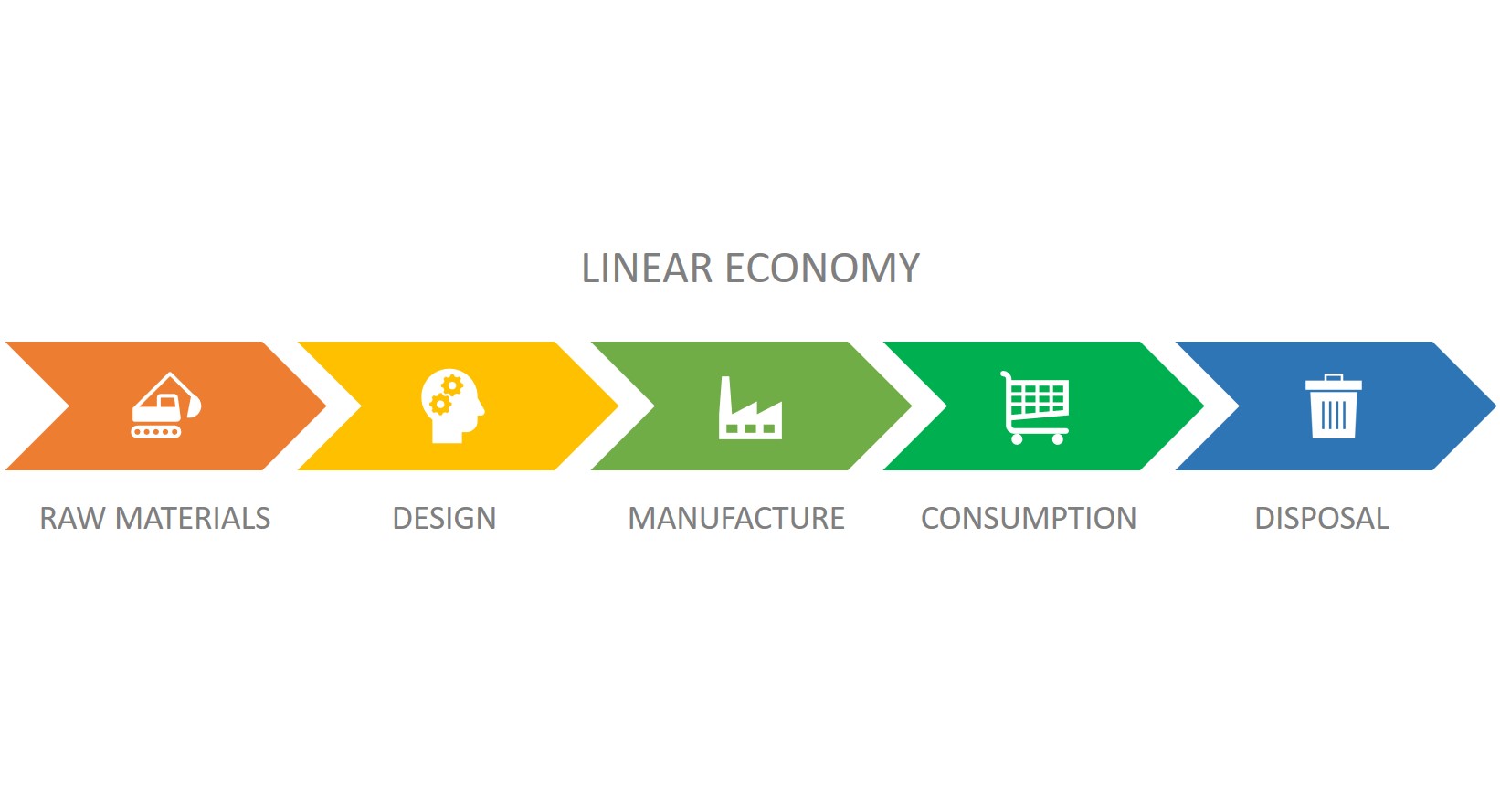
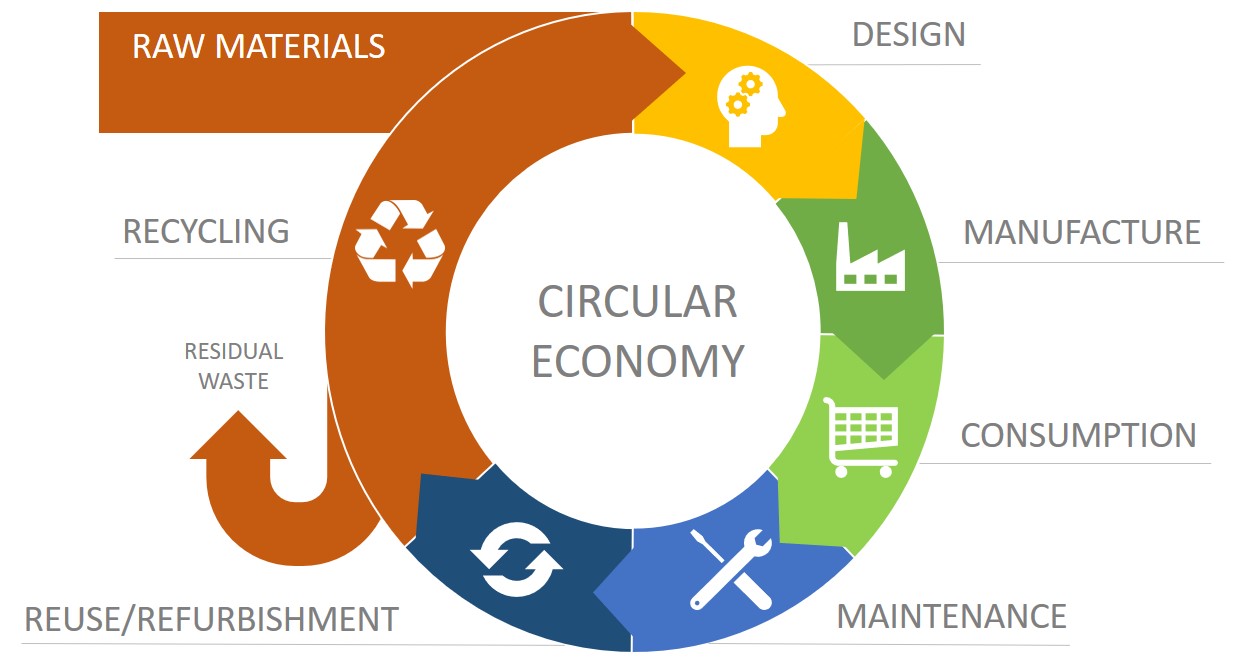
It is estimated that by 2050 there could be more waste plastic in the ocean than fish and that if everybody used resources at the same rate as an average EU resident, we would need at least 3 planets to sustain ourselves.
Why throw money away?
The true cost of waste in a project is often underestimated.
It is estimated that 13 percent of construction raw materials ordered are discarded unused and waste remains a big problem in the existing built environment. With many contractors struggling to make 2 percent profit margins and FM service providers working to stringent budget controls, it is clear that by reducing waste we will increase our efficiency and profitability.
Most site based waste is produced through: over-ordering; ordering the wrong thing; misuse; damage through mishandling; excessive off-cuts; inadequate storage; and unnecessary packaging, e.g. plastics and cardboard. All of this before we even consider the cost of the inefficient processes and the Carbon involved!
Reducing our consumption of raw materials and being more efficient with what we use and how we use it delivers a wide range of environmental and social benefits as well as the obvious opportunities for cost savings.
The waste hierarchy
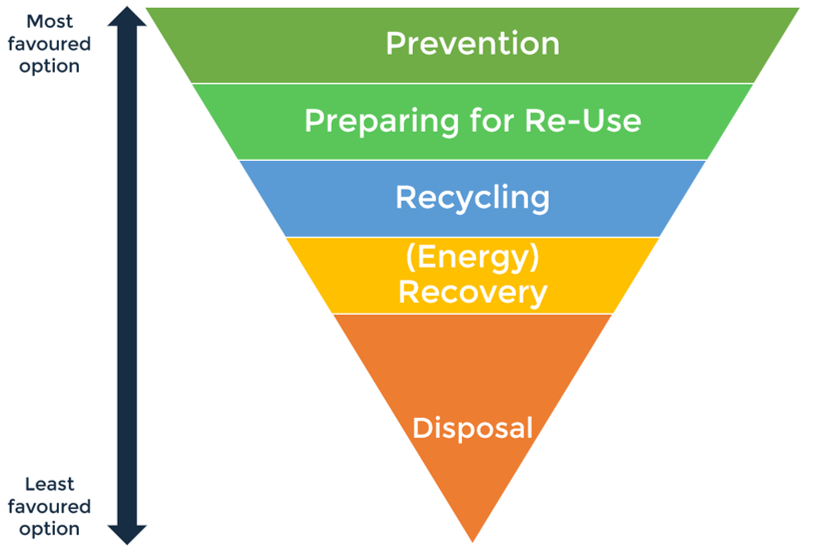
We can all contribute to tackling these problems. As a subcontractor, supplier or manufacturer, simple changes on-site or within your service offer to prevent, reduce, reuse and recycle your waste can bring many benefits. This is what we refer to as the waste hierarchy, an essential step in the sustainable treatment of waste, prioritising treatment in the following way:
- Prevention
- Preparing for reuse
- Recycling
- Other recovery (such as energy recovery)
- Disposal, usually to landfill
We also need to embrace the Circular Economy. This involves moving away from the linear economy of ‘take – make – dispose’, where for too long we have taken advantage of cheap global supply and apparently endless availability of low cost materials.
The world looks very different these days. We must now properly consider the finite nature of the materials we use, adopting a circular approach that makes things last, making and using things that can be maintained, refurbished and ultimately recycled to provide the raw materials for new products.
Simple and well thought through choices can also have huge resource efficiency, environmental and social benefits. For example, using aggregates made from recovered rather than virgin material, or eliminating, optimising or reducing packaging. The important thing is to do something rather than nothing – large or small, every resource efficiency intervention makes a positive difference
Prepare for Digitised Waste Tracking
It has been announced by DEFRA that the date for implementation of Mandatory Digitised Waste Tracking has been pushed back to April 2026. This decision was taken to allow the UK to be better prepared for what will be a massive change in the way we report on waste. Even with another year to prepare, this topic presents both a major challenge and a significant opportunity for our members and partners to improve their accuracy, reporting and actions towards improved waste management, resource efficiency and a circular economy. The School has already begun preparing for the revised date, which will see the biggest change in the way waste is managed and reported in decades.
How to Improve Waste and Resource Efficiency
A short animation on how to prevent and reduce waste on site.
Material Exchange Platforms (MEPs) are schemes and businesses whereby excess materials and products can be exchanged from one user to another. They can be community or private sector led, online or location based but the outcomes are the same – products and materials being used for their intended purpose rather than ending up in skips and landfill.
Use the map to find out the locations of MEPs in the UK and to find out more information on exchanging material. You may have surplus stock from a recently finished project, or are looking for second hand upcycled furniture; these are some examples of how you might use MEPs.
If you are aware of any MEPs that should be added or deleted from the map, or information that should be revised, please complete this form.
Waste and Resource Efficiency
The Waste Hierarchy
Video
Waste and Resource Efficiency
Introduction to the Circular Economy: Webinar Recording
Video
Waste and Resource Efficiency
Packaging Optimisation in the Housebuilding Sector Report
Document/Presentation
Waste and Resource Efficiency
Introduction to Waste
E-learning module
5S Workplace Organisation
Construction to Production: Getting the best out of modern methods of construction – Workshop
Event or Workshop
Waste and Resource Efficiency
The Circular Economy
E-learning module
Waste and Resource Efficiency
Environmental impact of higher recycled content
Document/Presentation
Waste and Resource Efficiency
Protocol for reusing structural steel
Document/Presentation
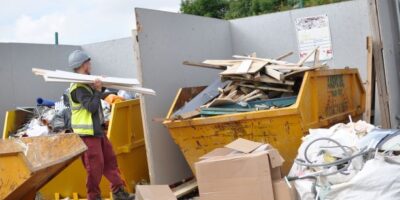


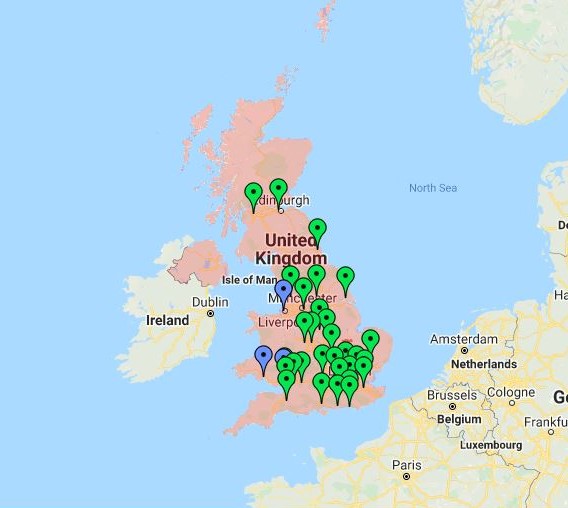
 2 minutes
2 minutes